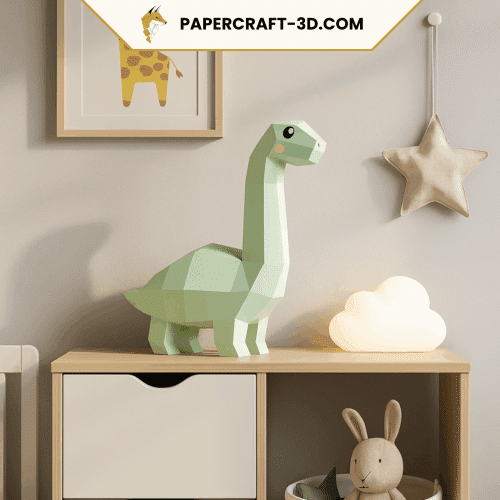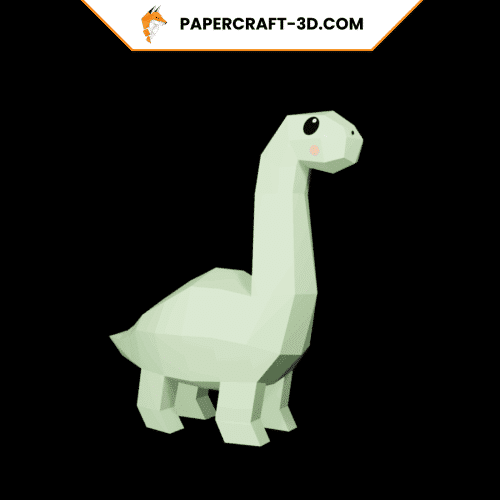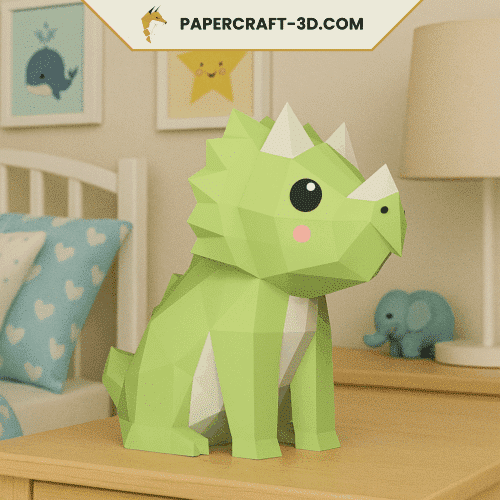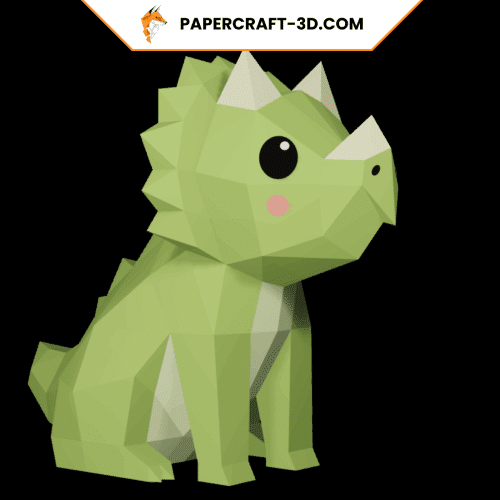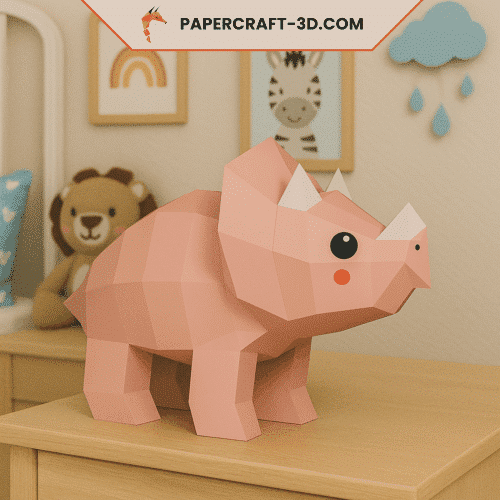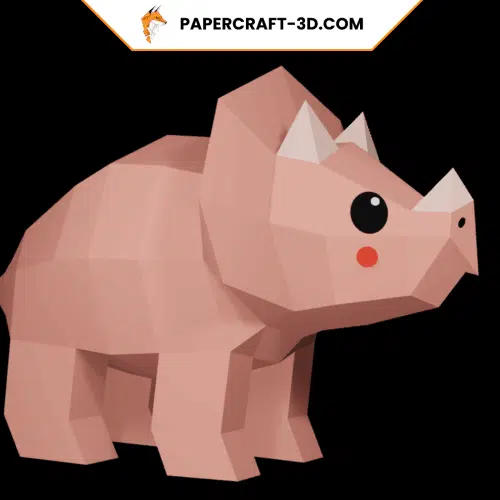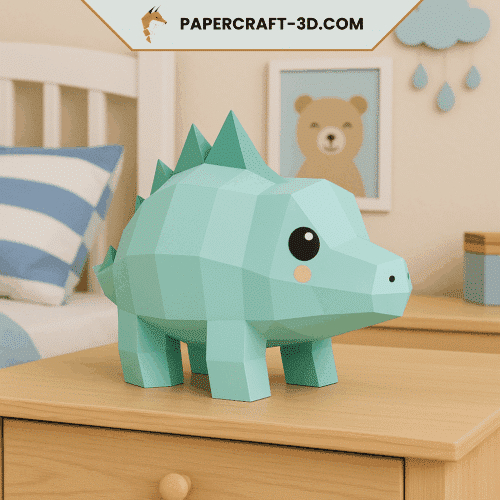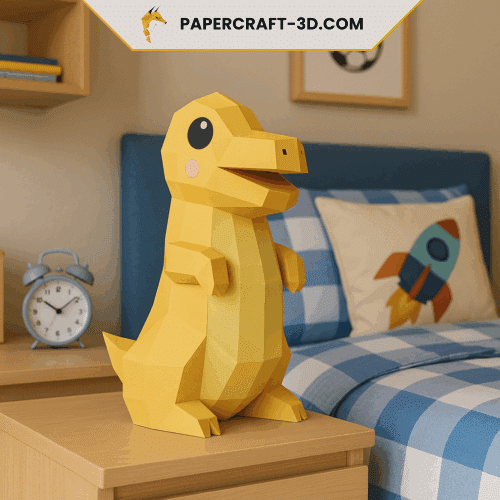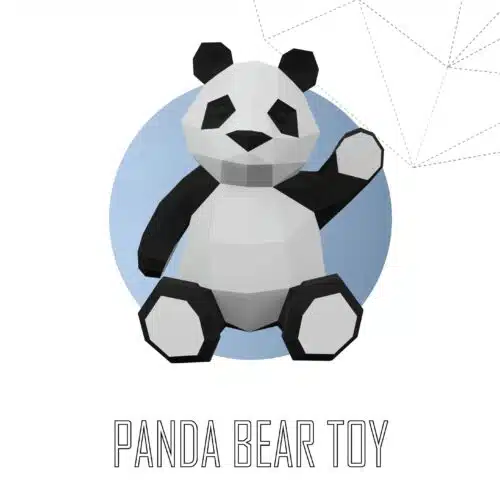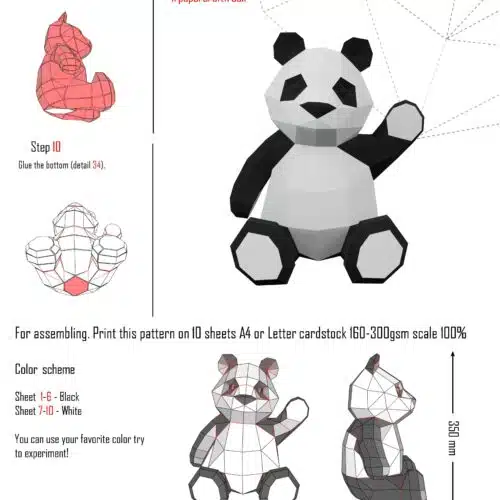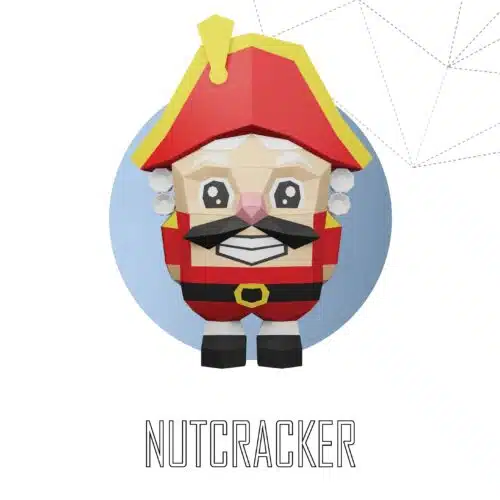Have you ever thought of organizing a creative workshop to celebrate a birthday? This modern trend transforms traditional celebrations into a unique experience, full of color and joy. In 2024, 65% of parents preferred to organize themed birthdays for their children, and among them, creative workshops topped the list. Not only do they stimulate participants’ imagination and creativity, they also offer a convivial atmosphere where everyone can have fun while learning something new.
| Key points to remember |
|---|
| The importance of the theme |
| Upstream preparation |
| Choice of activities |
| Supervision of participants |
| Workshop safety |
| Time management |
Choose a workshop theme

In the quest for a memorable birthday party, the choice of theme is a key element. It sets the tone for your creative workshop and engages participants in a unique adventure. So how do you choose the perfect theme for your creative workshop?
Above all, think about the interests of the person you’re celebrating. His or her favorite hobby could be an excellent source of inspiration for the workshop theme. A child with a passion for dinosaurs? Why not organize a ceramic painting workshop with prehistoric figurines? A teenager who loves manga? A drawing workshop could be just the thing.
Also take into account the age of the participants. Younger children will be delighted by simple, colorful activities such as pebble painting or making beaded necklaces. Teens, on the other hand, might appreciate a more complex workshop such as jewelry making or clothing customization.
List of popular themes for creative workshops
- Making scented candles
- Creative pastry workshop: decorated cupcakes, designer cookies…
- Creating a herbarium
- Painting on canvas
- Sculpture in clay or pottery
- Designing a miniature terrarium
- Manufacture of handmade soaps
- Drawing and painting on fabric (canvas bags, T-shirts, etc.)
Remember, the aim is for each participant to leave with a creation they’re proud of and a beaming smile on their face.
Preparing the workshop
Preparing a creative workshop is a time- and energy-intensive process. Nothing must be left to chance to guarantee an unforgettable experience for participants.
Purchase of equipment
The first step in this preparation is to purchase the necessary materials. Depending on the theme you’ve chosen, you’ll need to gather the necessary supplies. Colored paper for an origami workshop, beads and thread for a jewelry workshop, or paint and brushes for a painting workshop. You don’t want to run out of supplies in the middle of the workshop! Don’t hesitate to make a detailed list of your material needs before you go shopping.
Space layout
Once you’ve got all the materials you need, think about the layout of your space. Ideally, you should have a large table around which all participants can gather. It’s also a good idea to have a dedicated area for equipment storage. This not only facilitates storage, but also makes it easy for participants to find what they need.
Security
Don’t forget that safety must be a priority when organizing a creative workshop. Make sure that all tools and materials are age-appropriate and risk-free. For example, avoid sharp scissors when dealing with small children.
Time management
Finally, it’s important to draw up a precise schedule for the workshop. Here’s a typical example:
| Schedule | Activity |
| 14:00 – 14:30 | Welcome of participants and presentation of the theme |
| 14:30 – 15:30 | First creative project |
| 15:30 – 16:00 | Snack break |
| 16:00 – 17:00 | Completion of second creative project |
| 17:00 – 17:30 | Cleaning and tidying up the workspace |
With the right preparation, your creative birthday workshop will be a real success. So, are you ready to embark on this wonderful adventure?
Running the workshop
Once the theme has been chosen and the workshop prepared, it’s time to move on to the most exciting part: running the creative workshop. It’s not just a question of supervising the activities, but also of creating a warm and friendly atmosphere that encourages creativity.
Managing time
Time management is a crucial aspect of running a creative workshop. Make sure you have a well-structured program with precise times for each activity. This not only keeps participants interested, but also avoids delays that can disrupt the flow of the birthday party.
Creating a pleasant atmosphere
Atmosphere plays a major role in the success of a creative workshop. A relaxed, happy environment encourages free expression and stimulates creativity. Don’t hesitate to play soft music in the background, or play games to lighten the mood.
Conflict management
Even at the best parties, disagreements can arise. The key is to be prepared to handle these situations calmly and diplomatically. Remain impartial and propose fair solutions to resolve conflicts.
So now you’ve got all you need to run a creative workshop at a birthday party. But that’s not all! To make your event even more memorable, why not discover our wide selection of origami and 3D papercraft?
Discover the magic of paper with Papercraft-3D.com
You’ve got everything planned for your creative birthday workshop. You’ve chosen the theme, prepared the workspace and you’re ready to host. All that’s left is to choose the activities. That’s where Papercraft-3D.com comes in. Imagine delicate origami unfolding under the deft fingers of participants. See 3D papercrafts come to life, adding an extra dimension to your workshop. Visit our online store to discover a varied selection of origami and 3D papercrafts to delight young and old alike. Let yourself be inspired by Papercraft-3D.com, your ally for a successful creative workshop!
What’s the right age to organize a creative workshop for a birthday party?
How long should a creative workshop last?
How to choose the right materials for a creative workshop?
What is the role of the facilitator in a creative workshop?
How do you manage the different levels of participants in a creative workshop?







